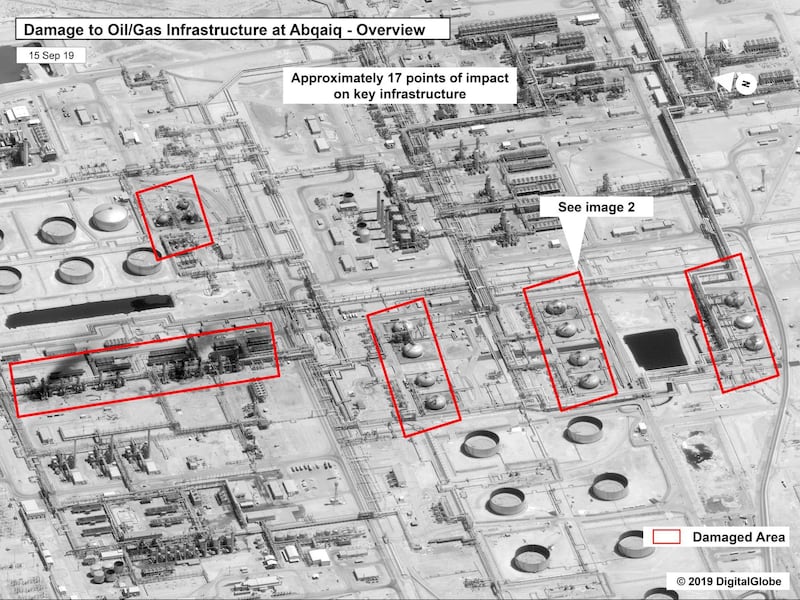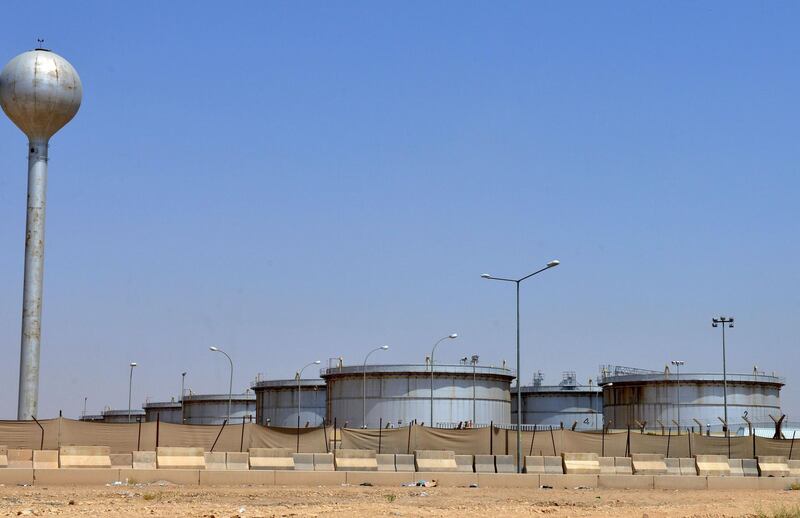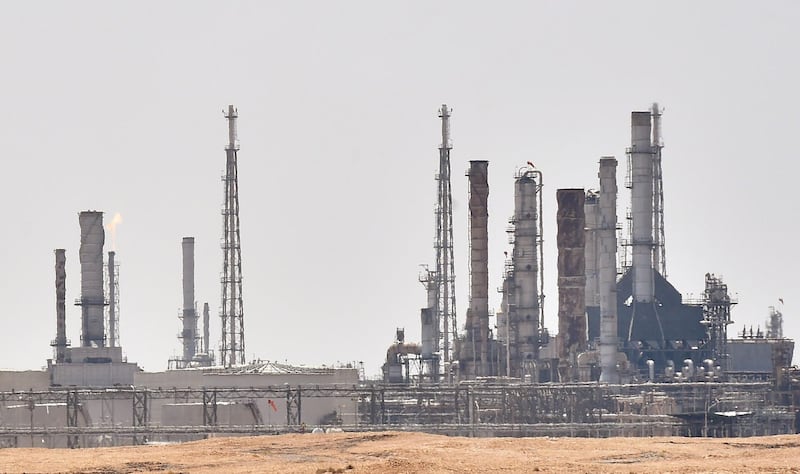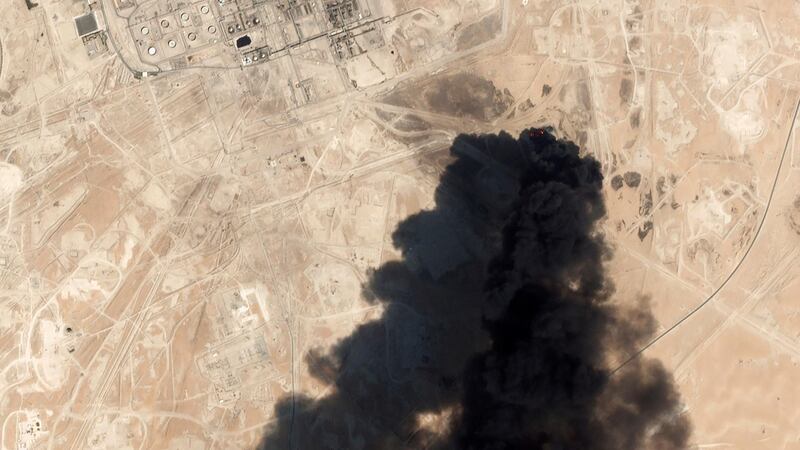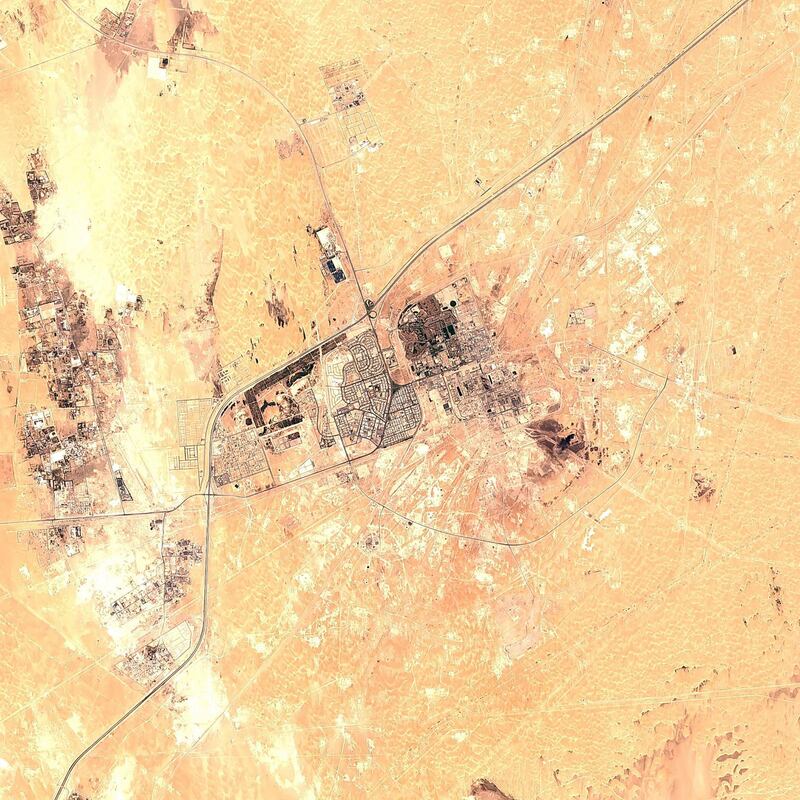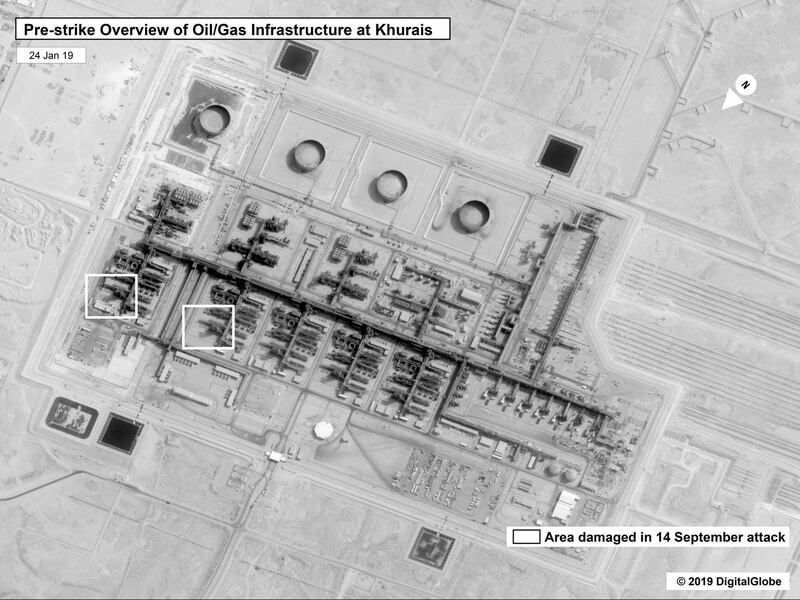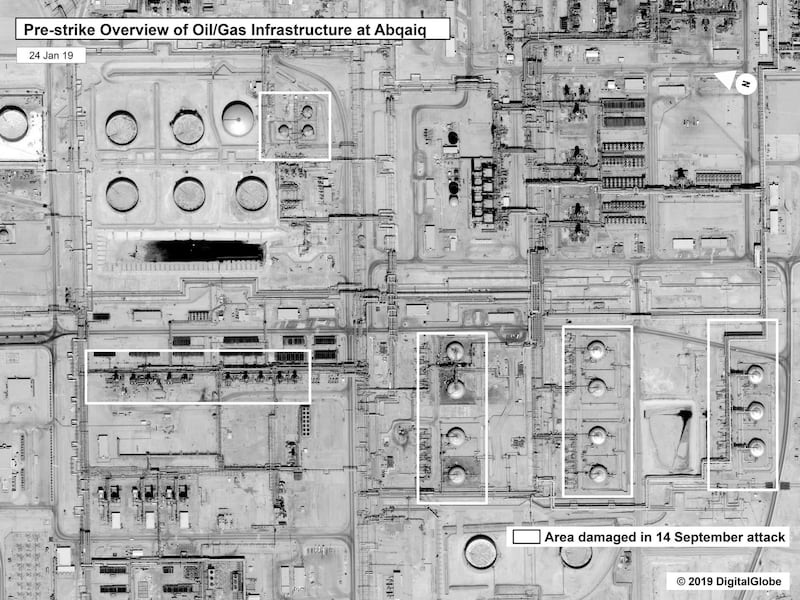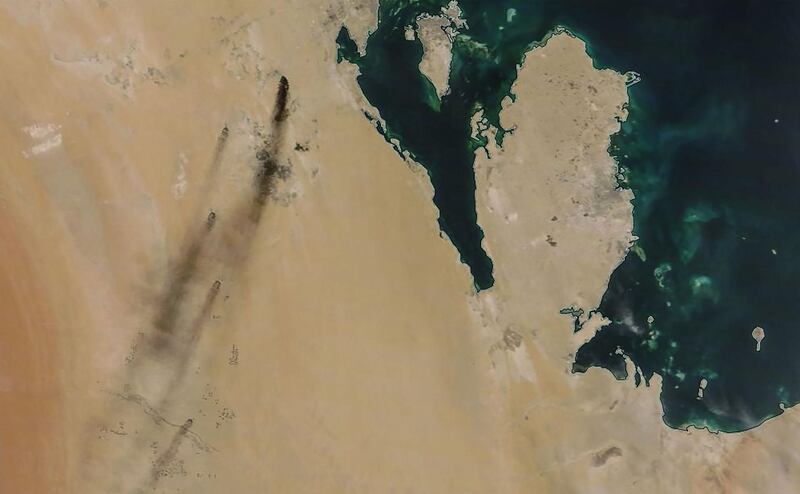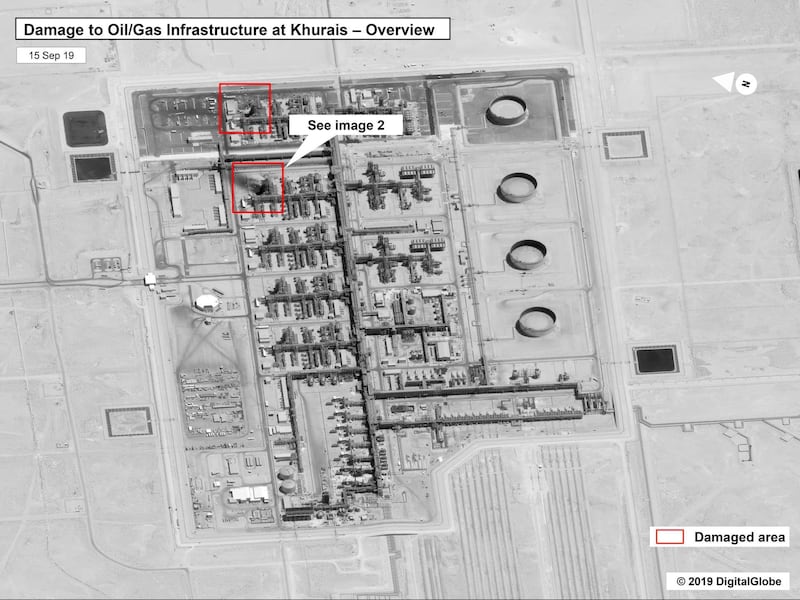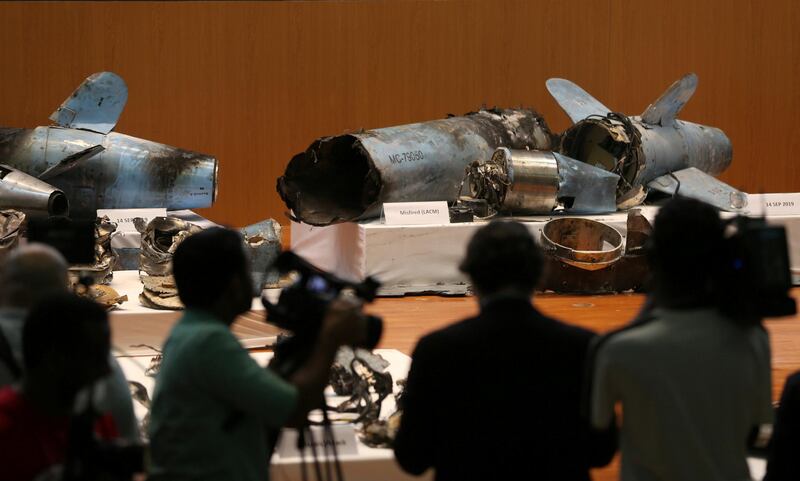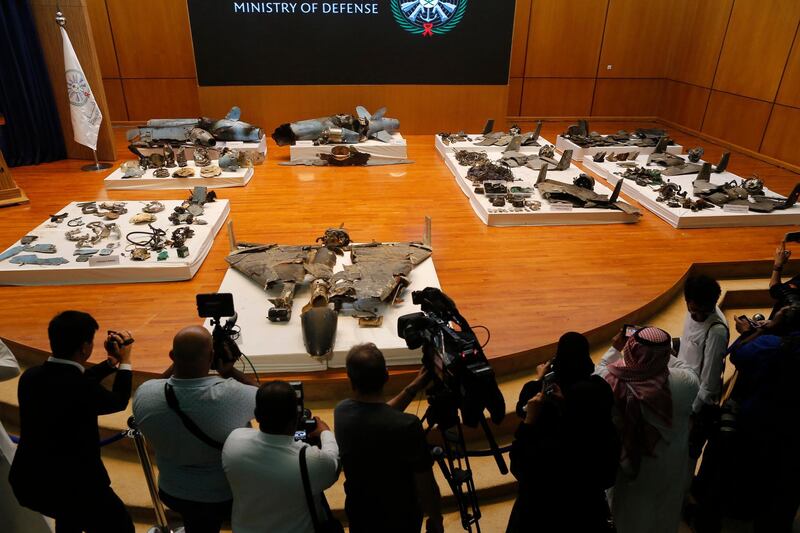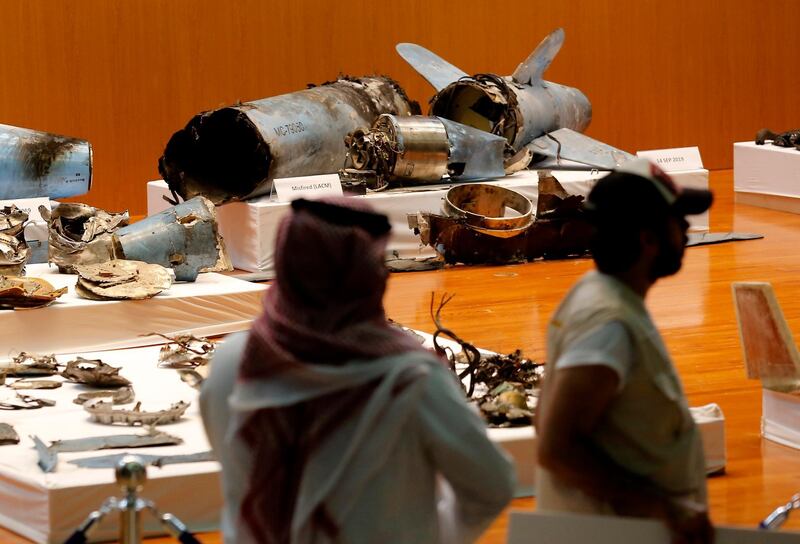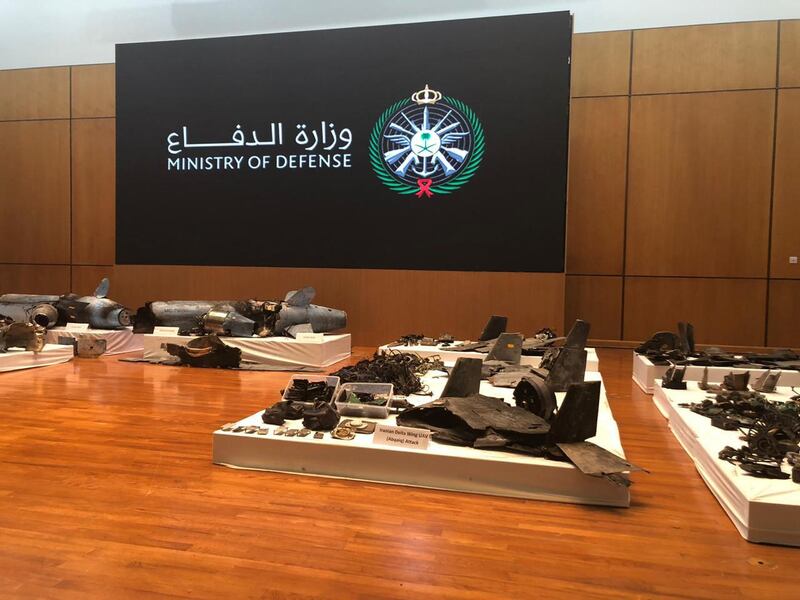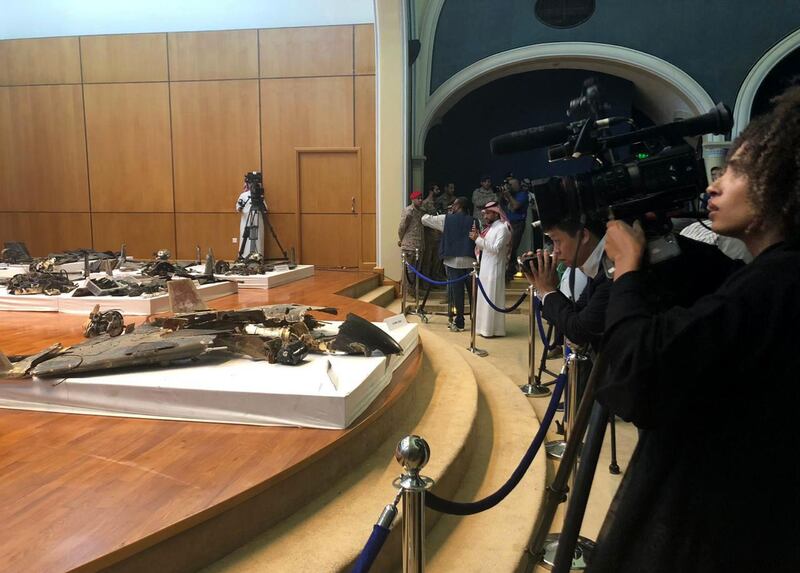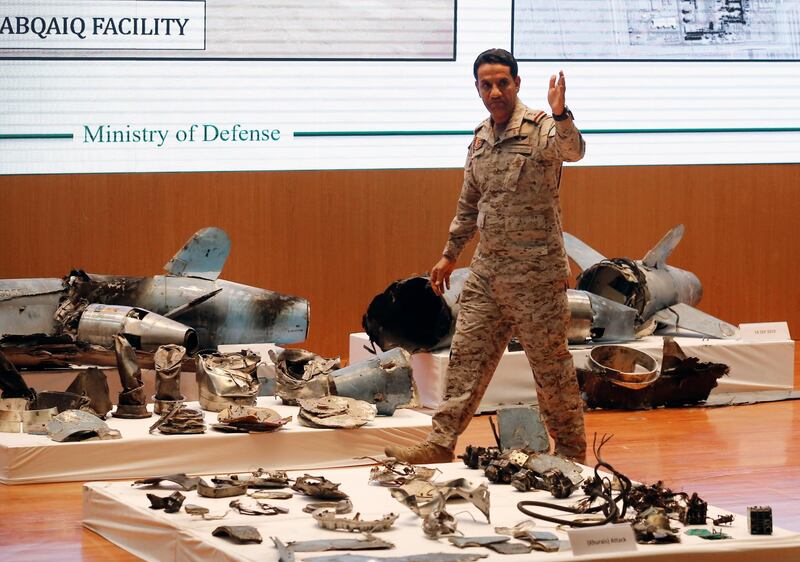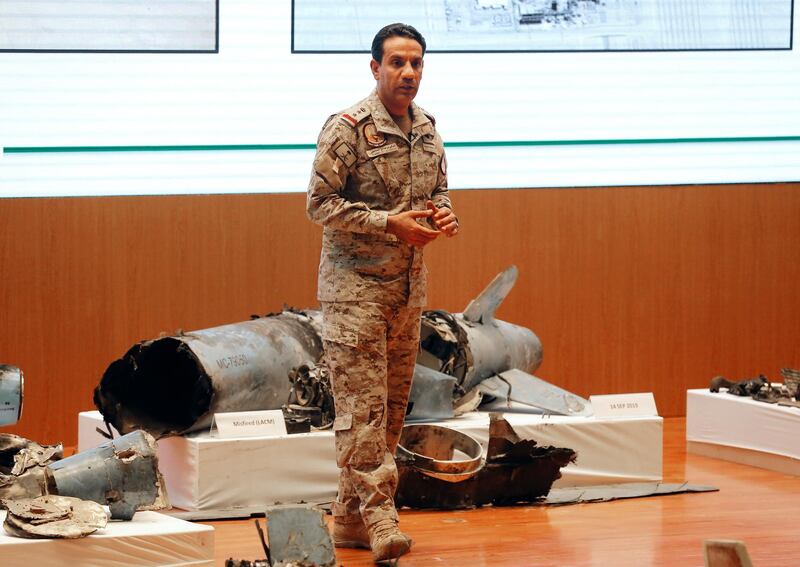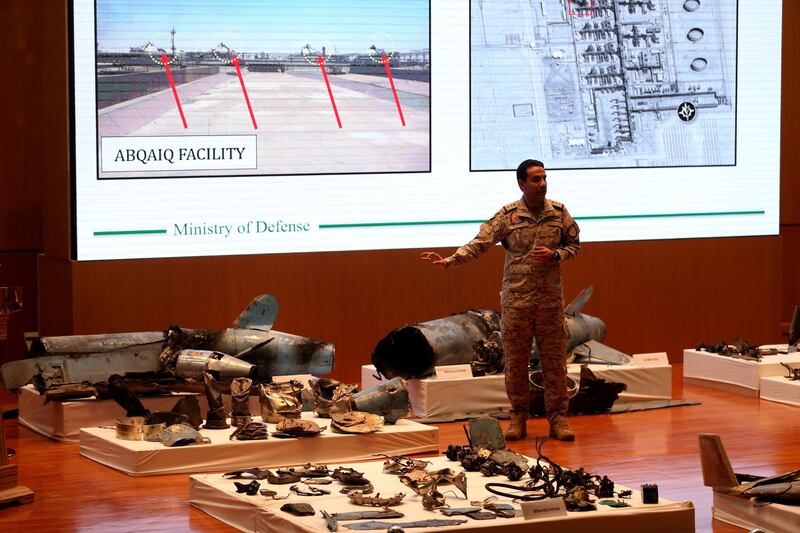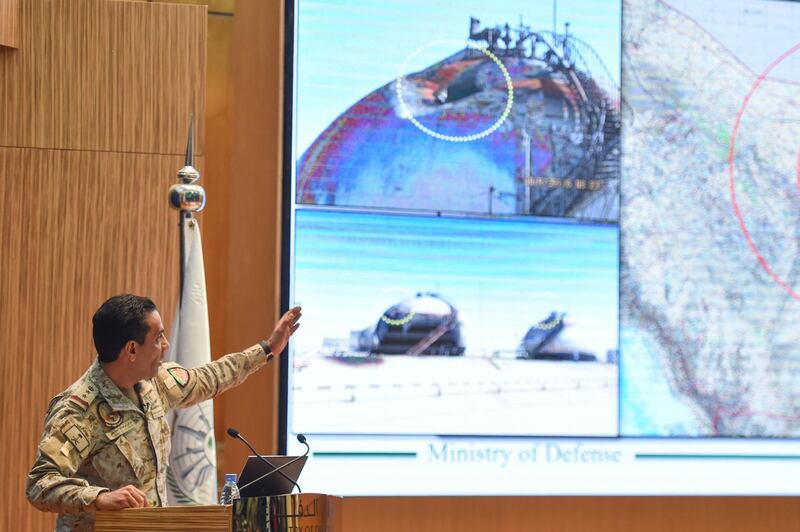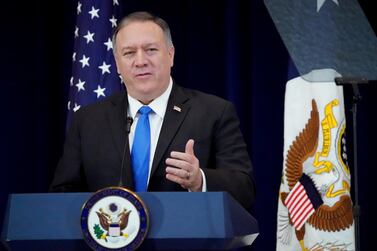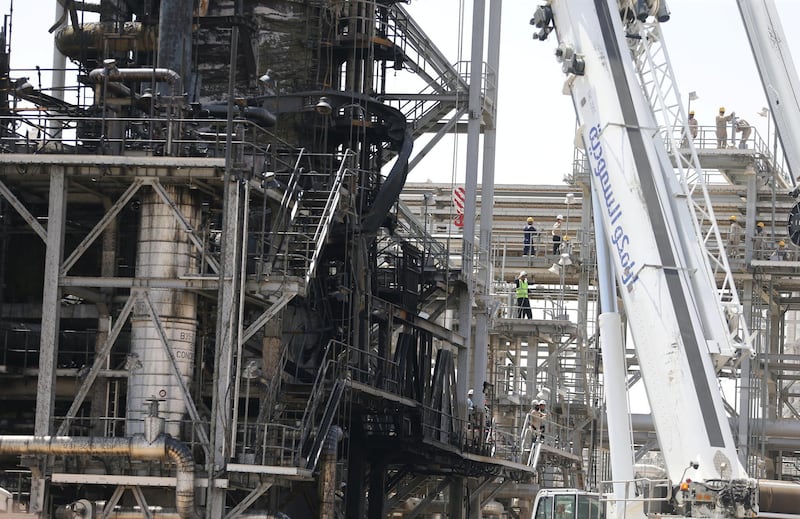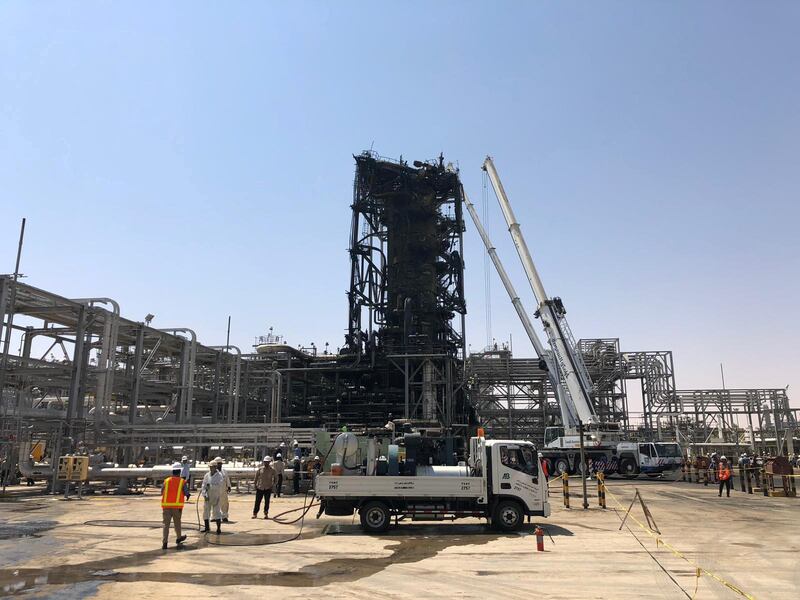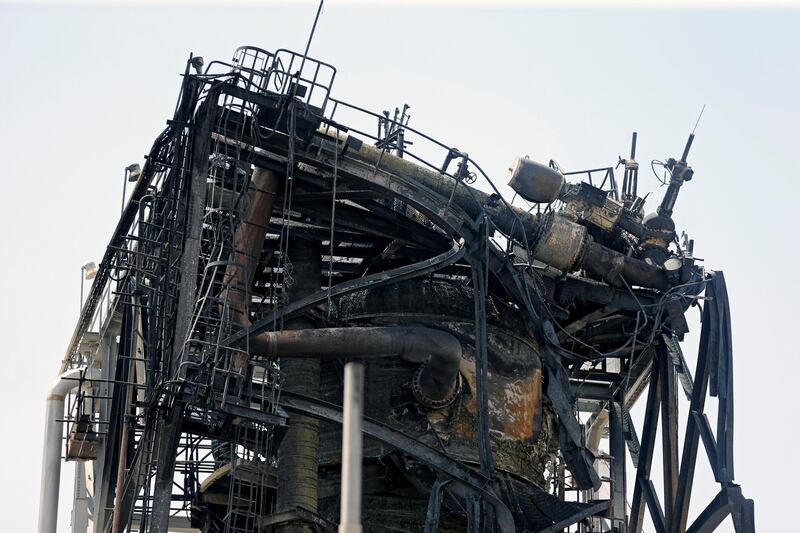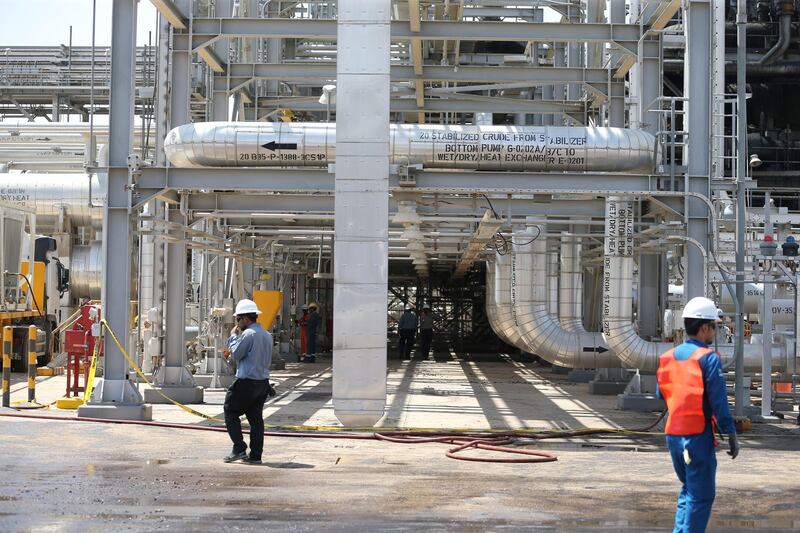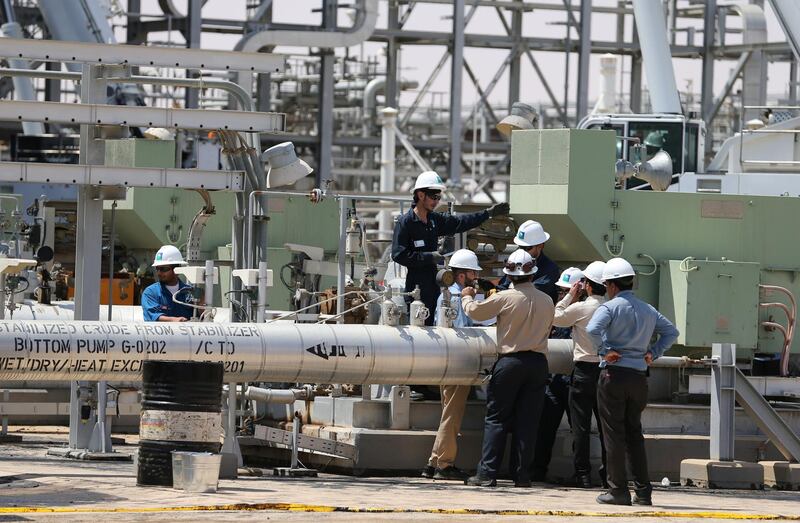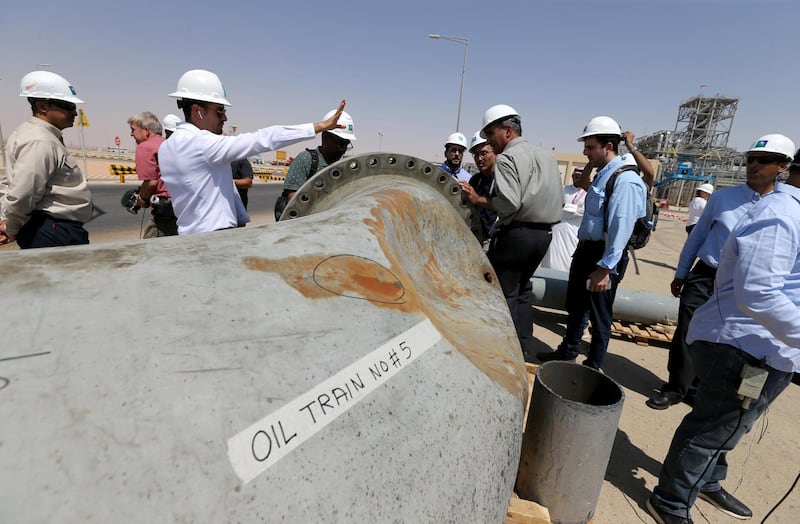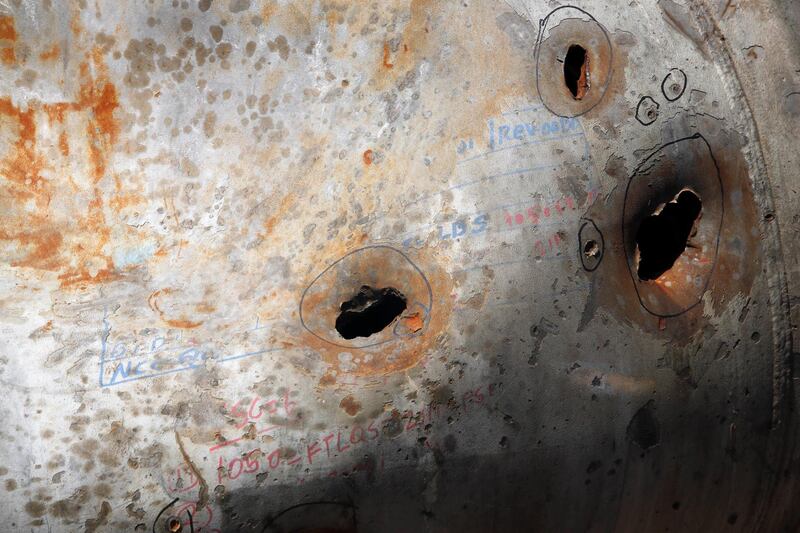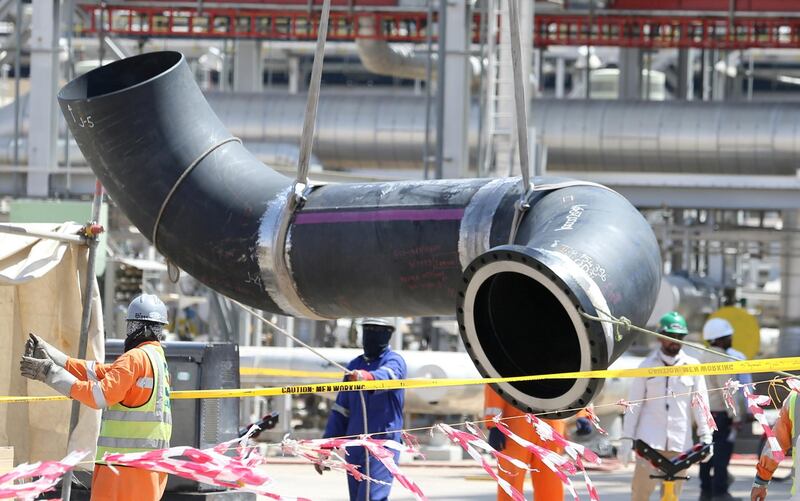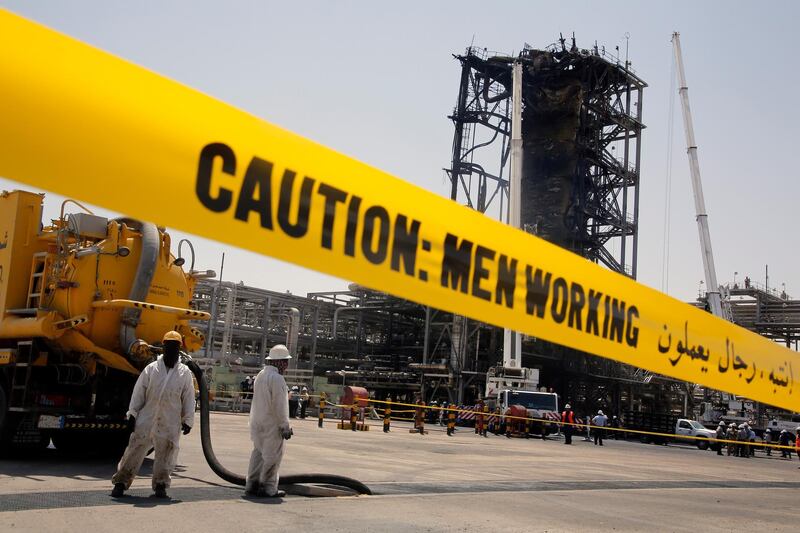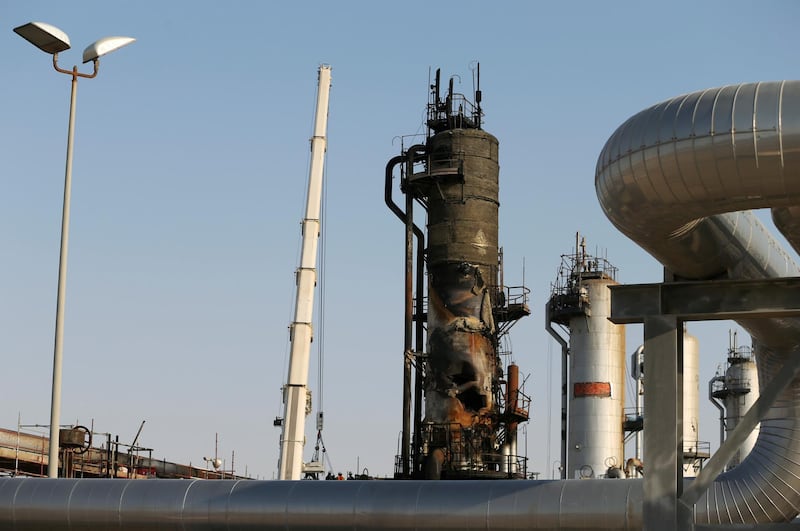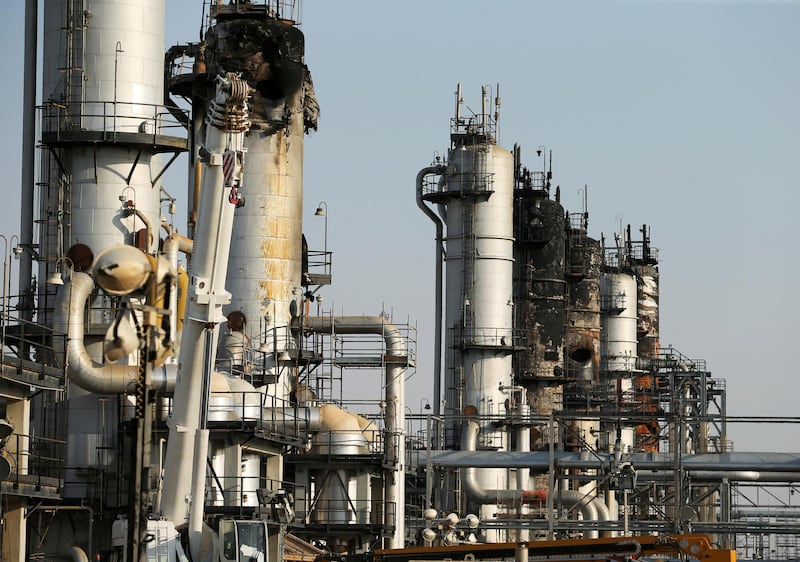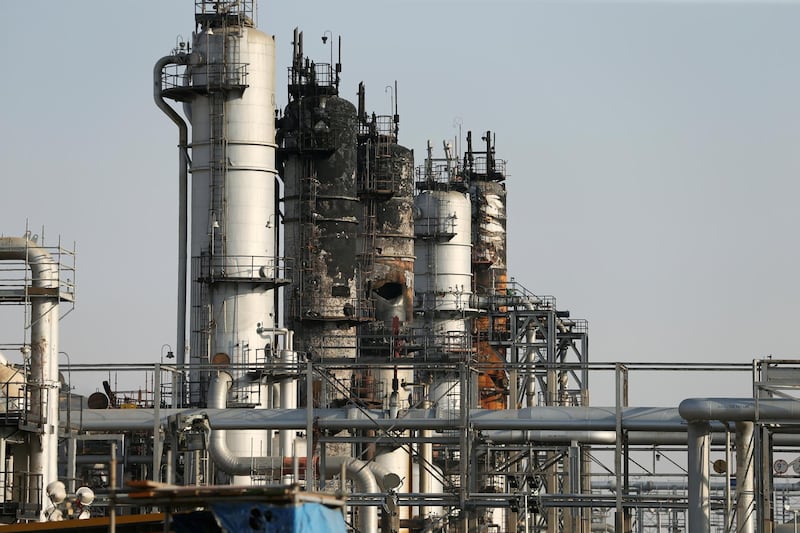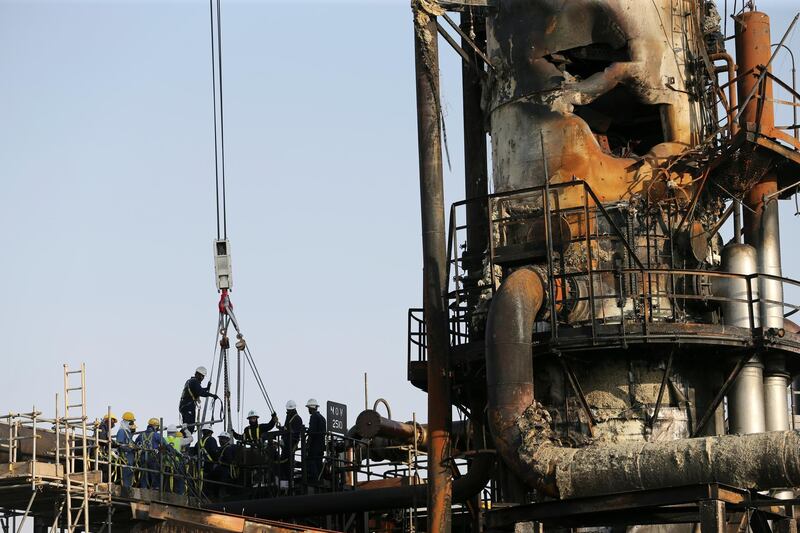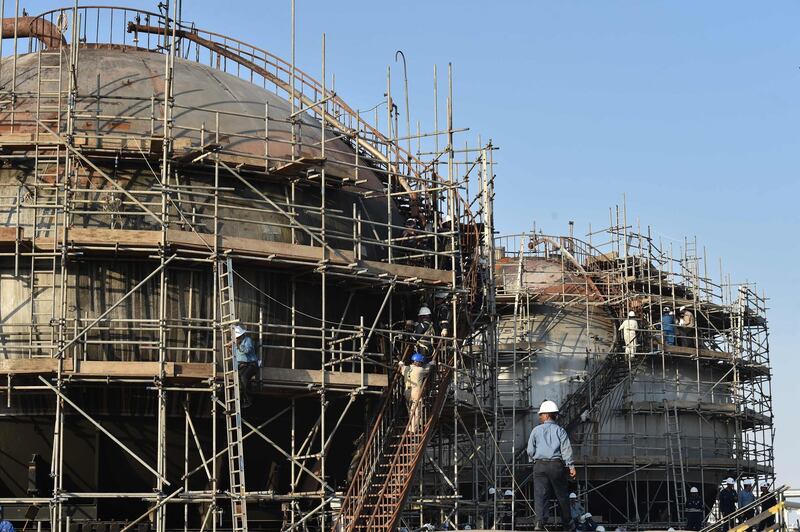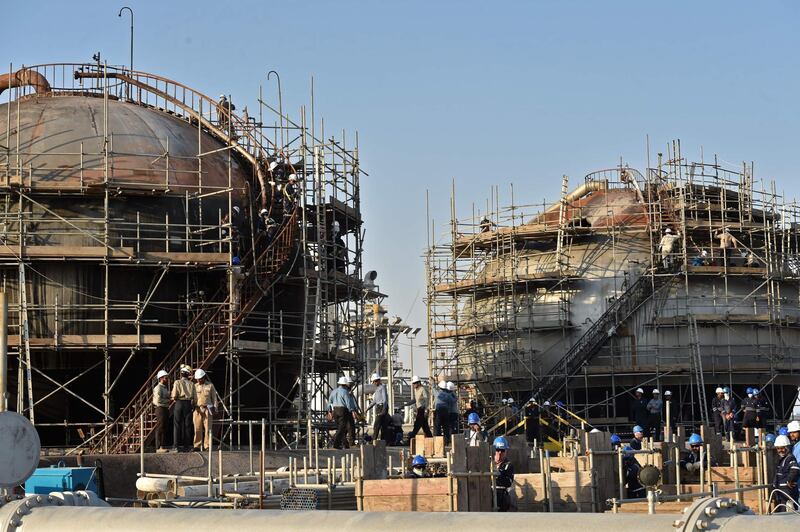New evidence and analysis of weapons debris recovered from the attack on Saudi oil facilities on September 14 indicate the strike probably came from the north reinforcing the assessment that Iran was behind it, American officials said on Thursday.
A number of drones and missiles hit Saudi Aramco’s Abqaiq and Khurais oil processing facilities on September 14, knocking out around 50 per cent of the country’s crude oil production.
While the Houthi rebels in Yemen have claimed responsibility, both Saudi Arabia and the US have asserted that they do not have the capability for such a sophisticated attack.
In an interim report, seen by Reuters ahead of a presentation on Thursday to the UN Security Council, Washington assessed that before hitting its targets, one of the drones crossed a location about 200 kilometres to the north-west of the attack site.
"This, in combination with the assessed 900km maximum range of the unmanned aerial vehicle, indicates with high likelihood that the attack originated north of Abqaiq," site of one of the attacks, the interim report said.
It said the US had identified several similarities between the drones used in the raid and an Iranian designed and produced model known as the IRN-05 UAV.
US special envoy for Iran, Brian Hook, said that the newly declassified information was more evidence that Tehran was behind the attack.
"The UAVs flew into Saudi Arabia from the north, and the recovered debris is consistent with Iranian-produced materiel," Mr Hook said.
"As many nations have concluded, there are no plausible alternatives to Iranian responsibility."
But the report noted that the analysis of the weapons debris did not definitely reveal the origin of the strike that knocked out half of Saudi Arabia's oil production.
"At this time, the US intelligence community has not identified any information from the recovered weapon systems used in the September 14 attacks on Saudi Arabia that definitively reveals an attack origin," it said.
The new findings include declassified information, a State Department official told Reuters
Some of the craft flew over Iraq and Kuwait en route to the attack, a western intelligence source was quoted by the report as saying, giving Iran plausible deniability.
The 17-minute strike by 18 drones and three low-flying missiles caused a spike in oil prices, fires and damage, and shut down more than 5 per cent of global oil supply.
Saudi Arabia said on October 3 that it had fully restored oil output.
The US presented its findings to a session of the UN Security Council on Thursday as it hopes to gain more support for its policy to isolate Iran and force it to the negotiating table for a new nuclear deal.
"The damage at the oil facilities shows that the attack came from the north, not from the south, as you would expect if the Houthis were responsible," US ambassador to the UN, Kelly Craft, told the Security Council on Thursday.
UN political affairs chief Rosemary DiCarlo stressed to the council that the world body was still reviewing components and collecting and analysing information on the missiles.
In a similar report last week, the UN said it was "unable to independently corroborate" that missiles and drones used in the attacks came from Iran.
But the report said that Yemen's Houthi rebels "have not shown to be in possession, nor been assessed to be in possession" of the type of drones used in the attacks on Aramco.
Washington's interim assessment also included pictures of drone parts including the engine identified by the US as "closely resembling" or "nearly identical" to those that observed on other Iranian drones.
It provided pictures of a compass circuit board that was recovered from the attack with a marking that is likely indicating a potential manufacturing date written in the Persian calendar year, the report assessed.
The name of a company believed to be associated with Iran, Sadra, was also identified on a wiring harness label from the September 14 wreckage, the report said.

The US, European powers and Saudi Arabia all blamed the September 14 attack on Iran.
Yemen's Houthi group claimed responsibility for the attacks, and Iran, which supports the Houthis, denied any involvement. Yemen is south of Saudi Arabia.
Iran's leadership reportedly approved the attacks but decided to stop short of a direct confrontation that could trigger a devastating US response.
It opted instead to hit the Abqaiq and Khurais oil plants of US ally Saudi Arabia, officials said.
Reuters reported a Middle East source, who was briefed by a country investigating the attack, said the launch site was the Ahvaz air base in southwest Iran, which is about 650km north of Abqaiq.
US President Donald Trump last year withdrew from a 2015 nuclear deal between world powers and Iran and reimposed sanctions on Tehran with the aim of choking crude sales, Iran's main source of revenues.
As part of its maximum pressure strategy, Washington has also sanctioned dozens of Iranian entities, companies and people to cut Tehran's revenue.
